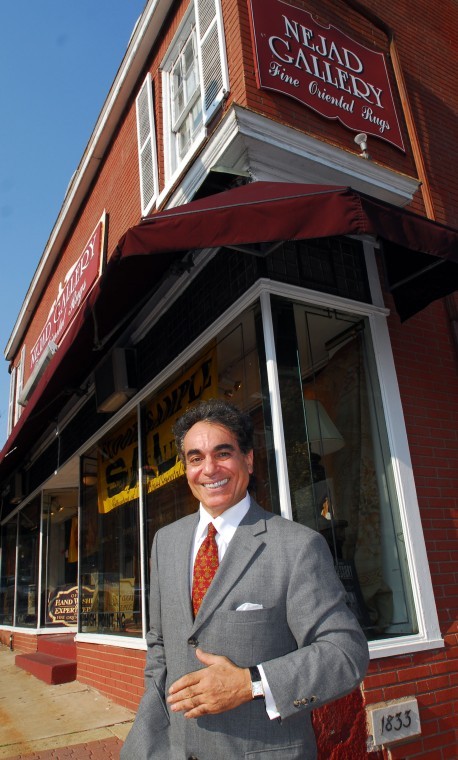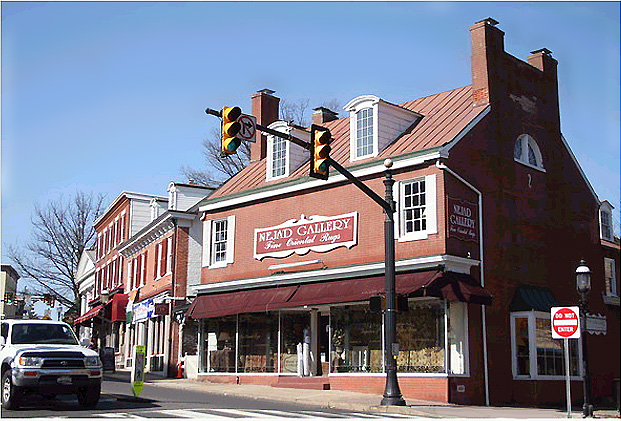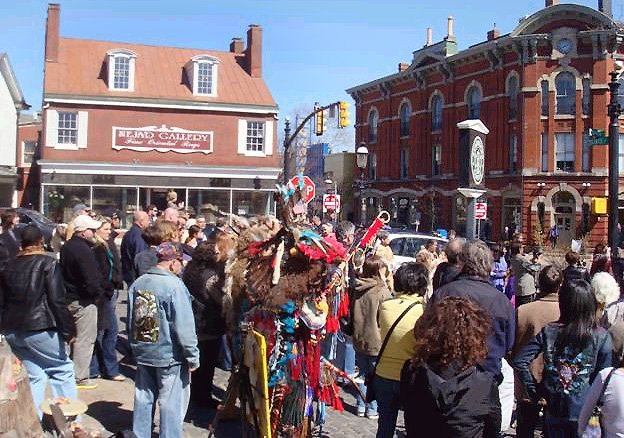If you happen to skim through recent issues of interior design magazines such as Architectural Digest, Elle Décor or Veranda you may have noticed a growing trend of very prestigious designers incorporating worn or even threadbare oriental rugs into their gorgeously appointed rooms. This trend seems to transcend styles ranging from very formal and traditional to transitional and even contemporary.
In my own Nejad Oriental Rug Gallery in Bucks County, PA, we have seen a surge in the number of designers and clients, especially from Philadelphia’s Main Line, Princeton New Jersey, New York and Washington DC suburbs, purchasing antique Persian Rugs that have a good amount of wear and fading. Earlier this month, a client brought in the recent Wall Street Journal Magazine June 2012 featuring renowned furniture maker and interior designer Christian Liaigre’s home on the Rue de Verneuil in Paris. One of the photographs highlighted a beautiful antique threadbare runner in his hallway. This rug had exactly the look my client wanted for his Manhattan apartment and with our enormous inventory of Antique Persian and Caucasian Rugs he had a fantastic selection from which he purchased several small and large area rugs.
As a designer, I always find it interesting to watch how these early trends find their way into the broader furniture and accessory markets. One example is the recent launch of Restoration Hardware’s Deconstructed Furniture Collection which is made to look unfinished or old shabby chic. Another example is the increase of distressed finishes offered by leading furniture, lighting and accessory manufactures.
Embracing this trend, this month I have begun preliminary designs for a new rug collection that will feature traditional Persian Rug designs such as Heriz, Serapi, Mohtashan, Kashan and Mahal in muted vegetable dyes with plenty of abrash and simulated wear. I am working closely with my master weaver on the best techniques to accomplish the look of wear without compromising the structural integrity and longevity of the rugs. If all goes well, I should have the first samples of this collection in Doylestown by the end of the year.
Happy Rug Shopping!



